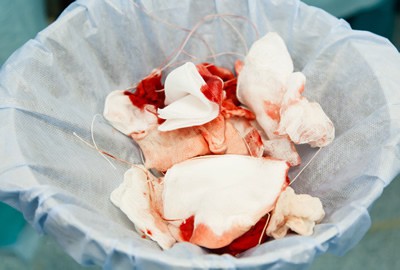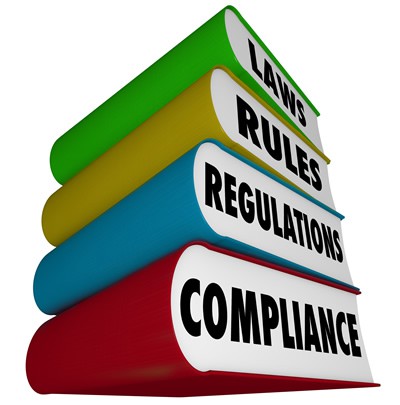Understanding the Background of Medical Waste Management
Understanding the Background of Medical Waste Management

Disposing of soiled items in their proper receptacles is routine in most medical facilities today. Several decades ago, these habits weren’t as refined. Healthcare workers and patients had higher chances of being exposed to hazardous pathogens that may have spread. As industry knowledge developed, medical waste disposal regulations flourished. Currently, it’s critical to understand the background of medical waste management to work efficiently in this industry.
Labeling and Color Coding Rules
A basic rule that was part of the original biohazard medical waste disposal guidelines was proper labeling. Medical personnel work with many different materials, including plastic bags and containers. In a busy building, confusion is possible when discarding an item. Medical waste disposal regulations require both bags and containers to have logos that denote the hazardous items within. The containers and bags also need a solid, orange-red color. This hue is visible from a distance, which makes it easy to find for any personnel. Patients know to stay away from these containers because of the color’s inherent warning.
Exposure Control Plans
Although medical waste management has strict rules for both providers and healthcare facilities, accidents can still occur. Management experts understand this fact, so creating alternative plans are part of the protocols. In the event of a needle prick or other mishap, custom exposure-control plans should be in place at the facility. Everyone has a job to perform that will help the victim and contain the pathogen. These plans should minimize the time spent dealing with the exposure so that patients can continue to be seen without a major delay.
Proper Training Across the Board
Medical waste disposal regulations also require proper training. These classes are designed for either providers such as medical waste disposal companies or medical personnel. Each group needs a slightly different training perspective so that the waste is always transferred and transported with care. Depending on the state, certifications might be in order for these workers as well. Waste-care specialists cannot perform their jobs unless they have all of the protocols memorized and applied to their daily rounds. Tests, simulations and other training techniques are part of the final exams that these workers complete. As a result, healthcare workers know that they can trust the waste-transport operators with harmful substances.
Destruction Techniques
Because medical waste can have a mixture of different substances, it must be treated in a particular way before final disposal. Steam sterilization or electro pyrolysis is often used as decontamination techniques. The use of moist air to break down organic matter is the hallmark of steam sterilization. Electro pyrolysis uses the lack of oxygen and high temperatures to safely bring decontamination to soiled items. These treatment techniques took the place of standard incineration in the past, which created questionable emissions within the atmosphere. Medical waste disposal regulations today require decontamination before any further break down of the materials.
Final Elimination During Medical Waste Management
At the end of the waste’s journey, it’s normally incinerated with today’s advanced machinery. Specialized incinerators take care of the waste with barely any exhaust or harmful fumes. Because it’s decontaminated, it can be relegated to a landfill without any harm to the environment. Each management facility has a different rule for their waste. Medical facility managers might ask about the company’s rules so that they understand these specific protocols. When all the parties understand the industry rules, everyone can follow them as closely as possible.
Updates to medical waste management protocols are always occurring. This fact means that healthcare personnel and their associates need refresher courses throughout the year. With waste disposal as a priority, medical personnel can work in sanitary conditions that keep them safe alongside their patients.








